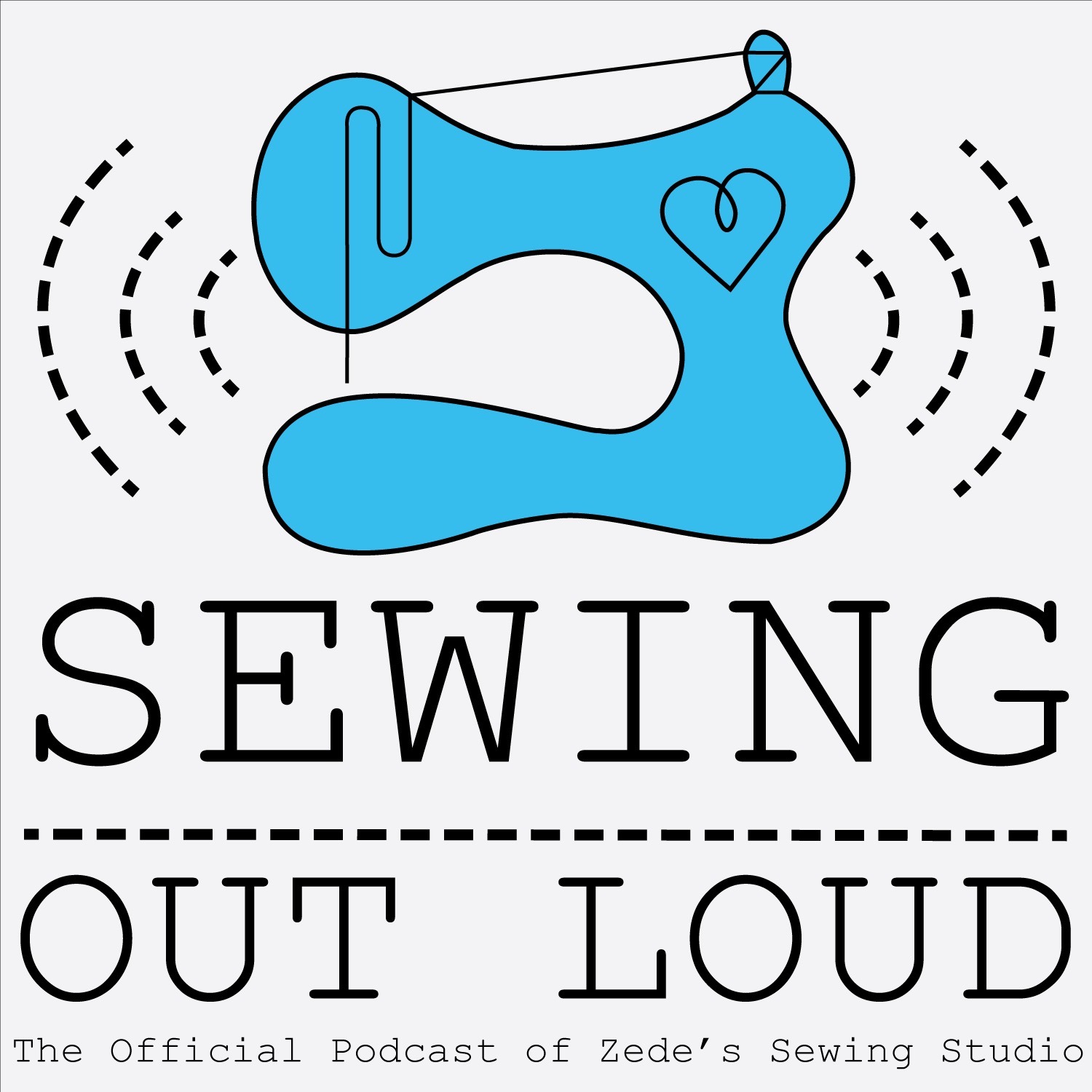- Leisure
- Hobbies
- SEE MORE
- classical
- general
- talk
- News
- Family
- Bürgerfunk
- pop
- Islam
- soul
- jazz
- Comedy
- humor
- wissenschaft
- opera
- baroque
- gesellschaft
- theater
- Local
- alternative
- electro
- rock
- rap
- lifestyle
- Music
- como
- RNE
- ballads
- greek
- Buddhism
- deportes
- christian
- Technology
- piano
- djs
- Dance
- dutch
- flamenco
- social
- hope
- christian rock
- academia
- afrique
- Business
- musique
- ελληνική-μουσική
- religion
- World radio
- Zarzuela
- travel
- World
- NFL
- media
- Art
- public
- Sports
- Gospel
- st.
- baptist
- Leisure
- Kids & Family
- musical
- club
- Culture
- Health & Fitness
- True Crime
- Fiction
- children
- Society & Culture
- TV & Film
- gold
- kunst
- música
- gay
- Natural
- a
- francais
- bach
- economics
- kultur
- evangelical
- tech
- Opinion
- Government
- gaming
- College
- technik
- History
- Jesus
- Health
- movies
- radio
- services
- Church
- podcast
- Education
- international
- Transportation
- Other
- kids
- podcasts
- philadelphia
- Noticias
- love
- sport
- Salud
- film
- and
- 4chan
- Disco
- Stories
- fashion
- Arts
- interviews
- hardstyle
- entertainment
- humour
- medieval
- literature
- alma
- Cultura
- video
- TV
- Science
- en
Differential Feed on a Serger

b'
This post may contain affiliate links. When you click through and make a purchase, SewHere receives a commission at no cost to you. You buy the right stuff and we continue to make AWESOME sewing media- wahoo!
Diff- What?\\xa0Differential Feed!
Let\'s get started.\\xa0First of all, you need to know that your serger has two sets of feed dogs- see?\\xa0This is a side view with the foot on the serger and a bird\'s eye view without the foot.

Differential feed is literally that- it changes the speed of the feed dogs so that they "feed differently".\\xa0More accurately, the back feed dogs stay constant, and the front ones change speed according to how you set the differential feed.\\xa0Keep reading to find out about the settings.
Your serger has a place where you can set the differential feed.\\xa0We\'ve got a scale with N in the middle for "Normal" or "Neutral", then we have numbers above 1 up to 2, and numbers below 1 but above 0.

Also, there are little pictures to go with the numbers. \\xa0Up above 2 we see a symbol that means the serger will gather up the fabric- the front feed dogs will move faster than the back.
Then below 0.8 we see a symbol that means the serger will stretch the fabric out- the front feed dogs will move slower than the back feed dogs.
Why ever would we want to do this?
Well, it can be fun.\\xa0You can gather fabric up to make ruffles or you can stretch fabric out to make a "lettuce edge".

These are the samples that retailers often show to demonstrate Differential Feed, but I think that a more practical application gets lost in the excitement.
Sometimes Differential Feed is used to correct stretching or gathering of fabrics as they are fed through the serger.
This is so important, because it gives you another tool in making your sewing the best it can possibly be.
For example, I made my Copy Cat shirt the other day.\\xa0I was using high quality knit fabric and correct settings on my serger (which are so easy to achieve with a Baby Lock!), but my seam waved a bit.
Now, this isn\'t a huge problem, it would have probably looked fine when I wore the garment, but I wanted a smooth seam.\\xa0I knew what was happening- my fabric was being stretched out as it went through the serger.\\xa0So, I bumped up my Differential Feed to 1.3- just one notch- and ran the fabric through again.\\xa0Perfect!\\xa0Now, even though I bumped the differential feed up toward 2 and toward that "gathering symbol", I didn\'t get a ruffle (and I didn\'t want one). \\xa0I just got a corrected, smooth seam.

This is why it\'s important to do a little test before sewing your garment.\\xa0If you\'ve threaded your Baby Lock serger correctly, you won\'t be testing for tension or stitch balance- those things are automatic.\\xa0You\'ll test for aesthetic purposes and to see how the fabric is reacting to the feed dogs.\\xa0I recommend testing with a curved seam, so you can tell what\'s going to happen as you go over the straight, crosswise and bias of the fabric.

When you make something like a flannel baby blanket, most of the time you\'re stitching on the straight or crosswise grain, then on the corners we have bias as we make a curve- you may adjust your differential feed during just that part of your sewing, and then reset it when you\'re back on the straight.
Have you ever used your Differential Feed?\\xa0What other questions do you have about sergers?
Advertising Inquiries: https://redcircle.com/brands
Privacy & Opt-Out: https://redcircle.com/privacy'